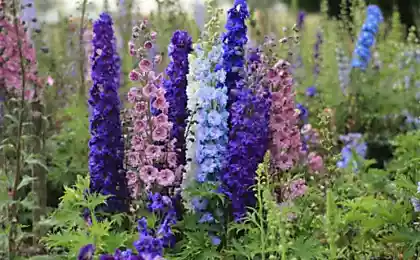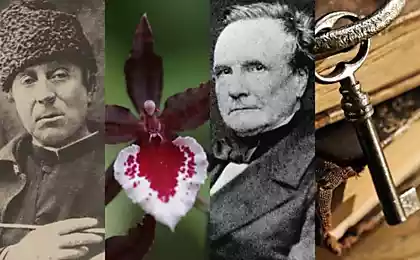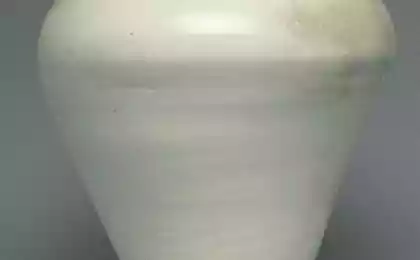628
Flower blood-scarlet: 10 facts about Russian wildflowers killers ...
Well, we admit that the site is a little bit exaggerated title: while these flowers growing in the fields, they are very safe. Danger togoda begins when their juice, roots, leaves or other parts come into contact with humans. In general, look at them carefully, and avoid tearing the rasteniya.1. Delphinium or zhivokost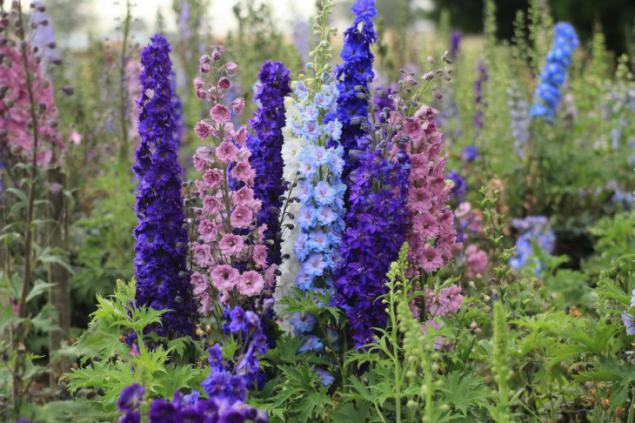
Delphinium causes depression of the central nervous system with simultaneous action on the gastrointestinal tract, and cardiovascular system. When toxic doses breath paralysis, accompanied by lesions of the heart.
2. Tsikuta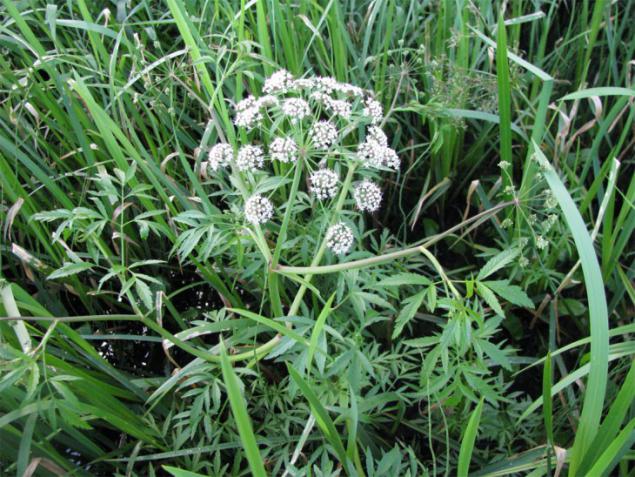
This plant is so innocent in appearance: white flowers, gathered in an idyllic umbrellas. But when using the juice of this plant begins severe abdominal pain, drooling, vomiting and diarrhea, then - convulsions that can lead to respiratory arrest and heart.
3. Boligolov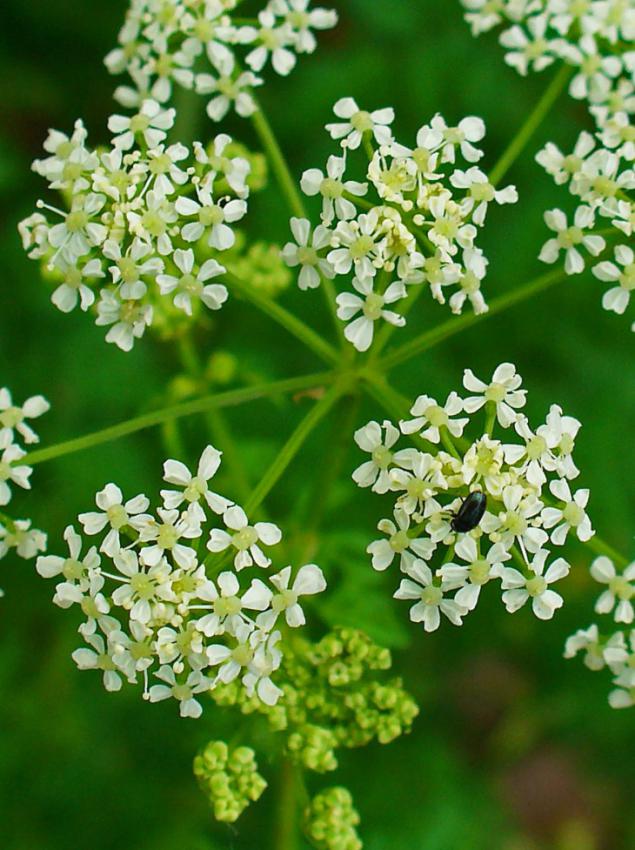
Once in the human stomach juice (or broth) hemlock causes nausea, often - vomiting and diarrhea. There is a gradual loss of sensation and paralysis, beginning with the feet. Hemlock takes only two hours to deal with the victim.
4. Digitalis purpurnaya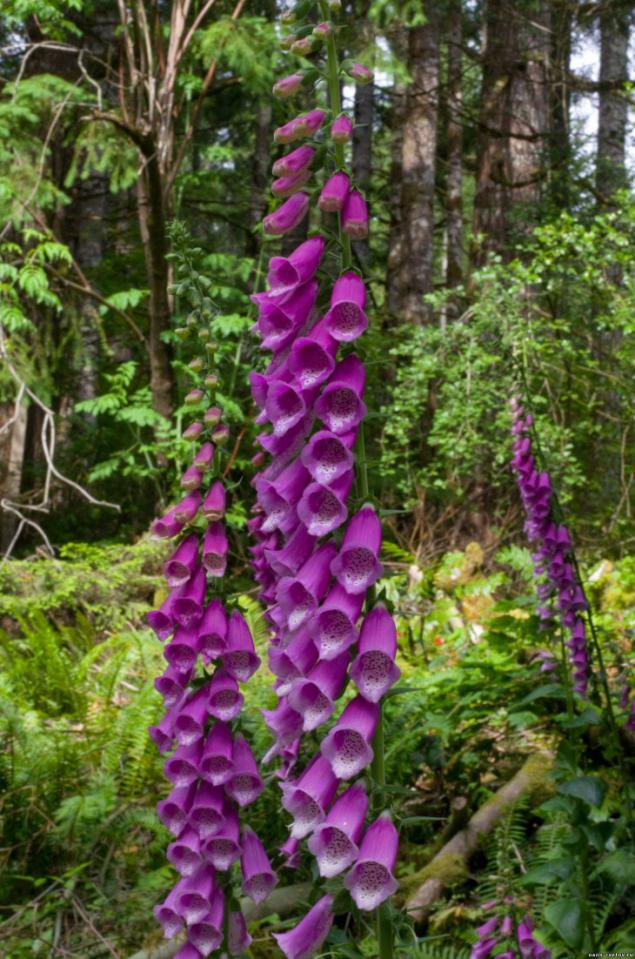
The most common foxglove flashes in Agatha Christie. In her story "Dead grass" digitalis caused the death of a young girl, and the other heroes of ailments. The plant was mixed with onions, and the resulting mixture stuffed with duck.
5. Belladonna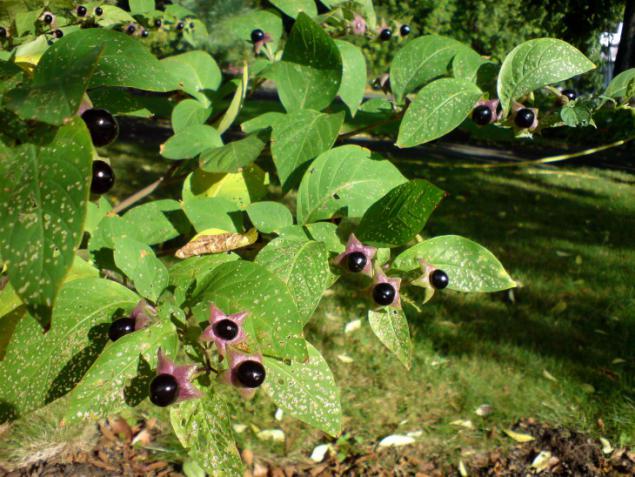
Plant, particularly the leaves, contains all known atropine and asparagine, more lime or other alkaline substances. Belladonna is highly toxic to humans, although herbivores eat it with impunity.
6. Akonit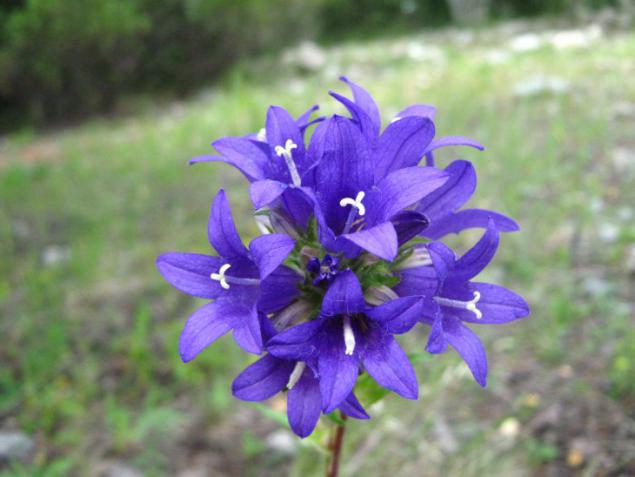
The ancient Germans, comparing it with the helmet Torah flowers, soaked in the juice of aconite weapons before going on a hunt, or join battle with the enemy. The plant contains a deadly poison - aconitine.
7. Colchicum osenniy
This flower - the ideal candidate to decorate any country site. Unfortunately, the crocus is extremely toxic. Moreover, all parts of the plant are poisonous, both external and underground. Even taking flower in hand should be wearing gloves to avoid burns shlopotat.
8. Gortenziya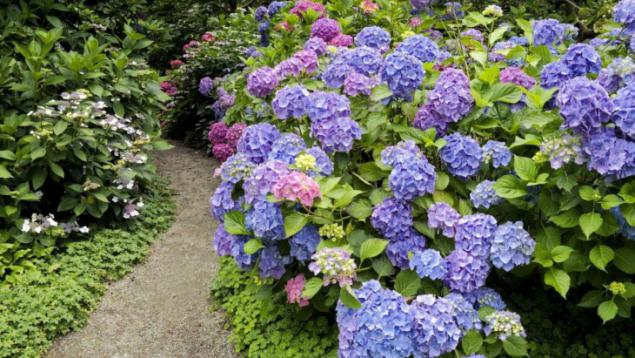
The plant is dangerous from the roots to the tips and leaves, but the most dangerous part of a bud. The effects when ingested at least a piece of the plant will be the same as at the use of potassium cyanide! Choking, unconsciousness, convulsions, rapid pulse, drop in blood pressure, and even death - that's the price of careless handling of this lovely flower.
9. Nartsiss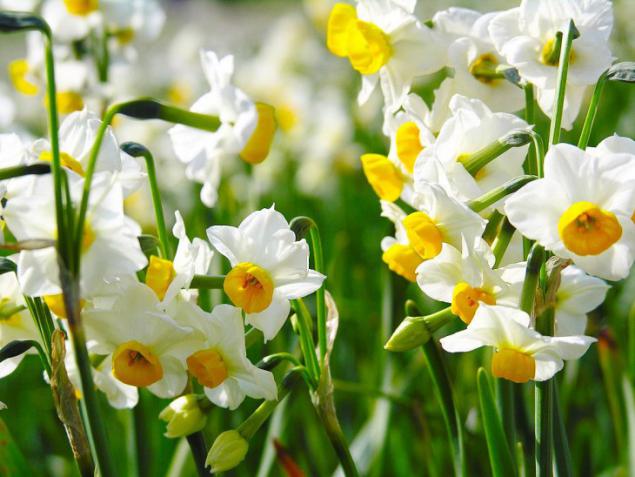
Bringing a bunch of daffodils into the house, be aware that if the taste, the consequences can be sad: nausea and vomiting, convulsions and loss of consciousness, with hypersensitivity can not be ruled paralysis and death.
10. Rododendron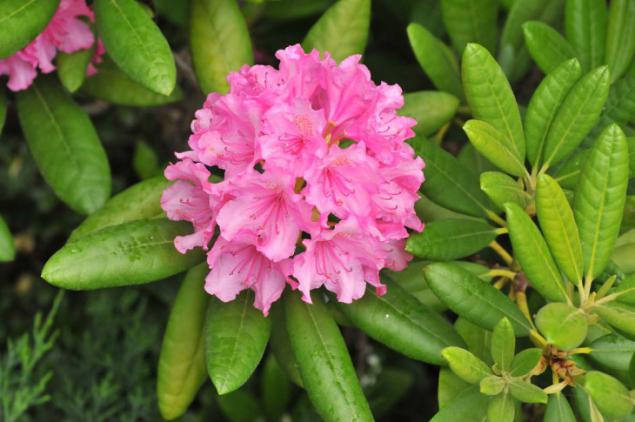
If you taste any part of this plant, dire consequences will not keep you waiting. The first symptoms of salivation and lacrimation will then all go into vomiting, slow pulse and fall in blood pressure.
via you-journal.ru/life/interesting/opasnaya-krasota-15-cvetkov-ubijc

Delphinium causes depression of the central nervous system with simultaneous action on the gastrointestinal tract, and cardiovascular system. When toxic doses breath paralysis, accompanied by lesions of the heart.
2. Tsikuta

This plant is so innocent in appearance: white flowers, gathered in an idyllic umbrellas. But when using the juice of this plant begins severe abdominal pain, drooling, vomiting and diarrhea, then - convulsions that can lead to respiratory arrest and heart.
3. Boligolov

Once in the human stomach juice (or broth) hemlock causes nausea, often - vomiting and diarrhea. There is a gradual loss of sensation and paralysis, beginning with the feet. Hemlock takes only two hours to deal with the victim.
4. Digitalis purpurnaya

The most common foxglove flashes in Agatha Christie. In her story "Dead grass" digitalis caused the death of a young girl, and the other heroes of ailments. The plant was mixed with onions, and the resulting mixture stuffed with duck.
5. Belladonna

Plant, particularly the leaves, contains all known atropine and asparagine, more lime or other alkaline substances. Belladonna is highly toxic to humans, although herbivores eat it with impunity.
6. Akonit

The ancient Germans, comparing it with the helmet Torah flowers, soaked in the juice of aconite weapons before going on a hunt, or join battle with the enemy. The plant contains a deadly poison - aconitine.
7. Colchicum osenniy

This flower - the ideal candidate to decorate any country site. Unfortunately, the crocus is extremely toxic. Moreover, all parts of the plant are poisonous, both external and underground. Even taking flower in hand should be wearing gloves to avoid burns shlopotat.
8. Gortenziya

The plant is dangerous from the roots to the tips and leaves, but the most dangerous part of a bud. The effects when ingested at least a piece of the plant will be the same as at the use of potassium cyanide! Choking, unconsciousness, convulsions, rapid pulse, drop in blood pressure, and even death - that's the price of careless handling of this lovely flower.
9. Nartsiss

Bringing a bunch of daffodils into the house, be aware that if the taste, the consequences can be sad: nausea and vomiting, convulsions and loss of consciousness, with hypersensitivity can not be ruled paralysis and death.
10. Rododendron

If you taste any part of this plant, dire consequences will not keep you waiting. The first symptoms of salivation and lacrimation will then all go into vomiting, slow pulse and fall in blood pressure.
via you-journal.ru/life/interesting/opasnaya-krasota-15-cvetkov-ubijc
Do not let knock you out of the way: 7 facts about how ceases to depend on the opinions of others
Do not drink, my friend, you will become kozlёnochkom 7 facts about plastic bottles, which sold water


